Return of the Three-Cylinder Engine: the Answer to High Gas Prices

With sky-high gas prices on the horizon and increasingly strict emissions standards for car manufacturers to live up to, consumers are constantly looking for more options when it comes to fuel economy, and automakers are equally eager to deliver. For those reasons manufacturers are continuing to downsize engines. It was a tough sell for car buyers to accept four-cylinder engines instead of six-cylinders, but will they have an easier time accepting three-cylinder engines?
A three-cylinder Ford Focus just went on sale in Europe, getting high praise for its quiet hum at idle, excellent fuel economy and its peppy feel. Elsewhere in the U.K., a three-cylinder engine provides the power for the Toyota Aygo, Peugeot 107 and Citroen C1. But will we see three-cylinder cars return to America? Yes.
Ford has confirmed it will offer its new 1.0-liter turbocharged direct-injection three-cylinder in America in the near future, though it’s more likely to arrive under the hood of the Fiesta than the larger Focus.
The three-cylinder is looking to be the new four, as more and more companies are downsizing engines in order to meet tough corporate average fuel economy standards. With fuel prices set to go sky-high this summer, car buyers are going ga-ga for green cars.
“Our customers are demanding outstanding fuel economy but they don’t want to sacrifice the performance of a larger engine,” said Richard Truett from Ford’s Powertrain communications, making specific mention of EcoBoost. “Our EcoBoost technology, turbocharging coupled with direct injection and variable valve timing, enables a smaller engine to replace a larger one with no loss of performance and with as much as 20 percent better fuel economy.”
In fact, in many different segments of the car market, more car makers are offering fuel efficient engine options. In the midsize car segment, the inline four cylinder engine has found residence in pretty much all vehicles. Hyundai doesn’t even have another engine option in its Sonata. Ford has even gone so far as to offer a 2.0-liter EcoBoost 4-cylinder in the seriously large Taurus, while also competing against V8s in the pickup market with its EcoBoost V6, which offers better fuel economy and similar performance than the V8.
“That gives consumers the performance they want and it helps us meet our sustainability commitments.” said Truett about the EcoBoost engines. As for the tiny 1.0-liter three-cylinder EcoBoost (pictured on the right), Truett says, “It delivers outstanding performance and class leading fuel economy. It is rated at 125 horsepower, which is one of the highest output (per liter) of any engine today.”
The smaller engines help lower overall weight of vehicles too, which contribute to better performance as well as fuel economy.
“We plan to launch the 1.0-liter engine here in about a year,” Truett hinted, refusing to mention which vehicles are officially going to receive the engine.
Along with Ford, expect to see a three-cylinder engine become the staple powerplant in the next-generation MINI Cooper lineup. In fact, the BMW group (which owns MINI) is experimenting with three-cylinders on an even larger scale, fitting one to its new i8 green sports car, where it powers the rear wheels while electric motors work the front axle.
Can a three-cylinder car be any good? The Europeans certainly think so, with the new Volkswagen up! ( which just won “World Car of the Year”) powered by a 3-cylinder engine. Making the victory even sweeter is the fact that the little car beat out the new Porsche 911, and BMW three-series.
Still, three-cylinder engines have to prove themselves in the American market, where long highway trips and hilly terrain are an important part of commutes. Regardless, the three-cylinders are coming and this time they might be here to stay.

Sami has an unquenchable thirst for car knowledge and has been at AutoGuide for the past six years. He has a degree in journalism and media studies from the University of Guelph-Humber in Toronto and has won multiple journalism awards from the Automotive Journalist Association of Canada. Sami is also on the jury for the World Car Awards.
More by Sami Haj-Assaad



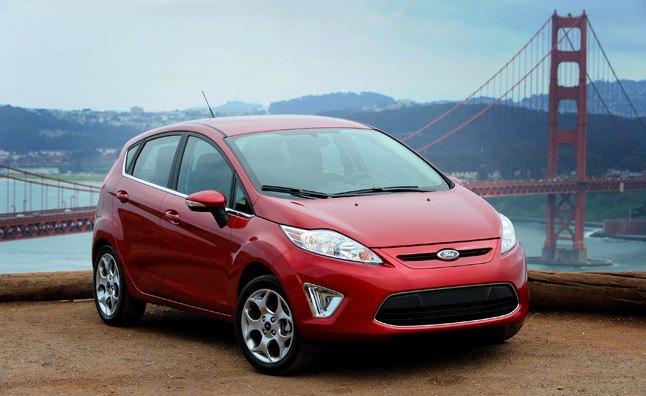
















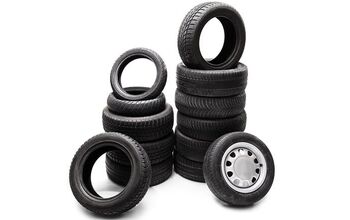

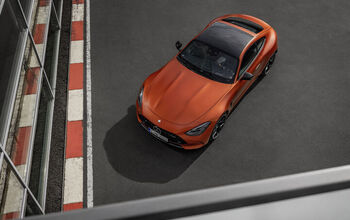



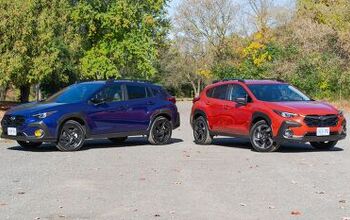
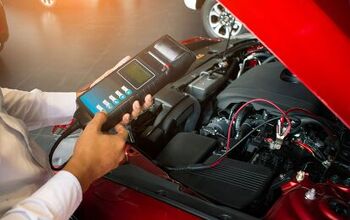
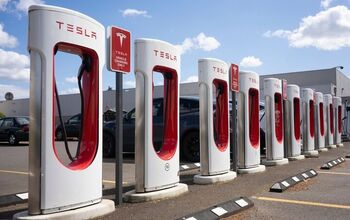

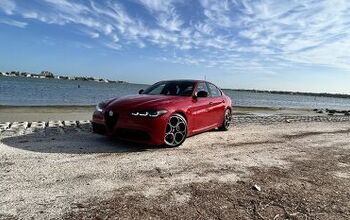

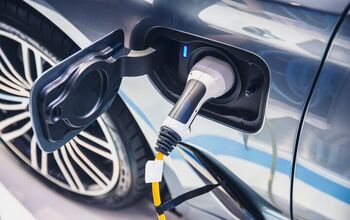
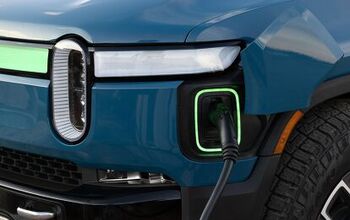
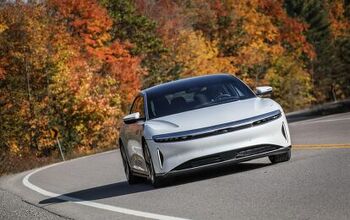
Comments
Join the conversation
http://gt36.blogspot.com/2009/12/bugatti-fastest.html bugatti fastest http://gt36.blogspot.com/2009/12/chevrolet-camaro.html Chevrolet Camaro http://gt36.blogspot.com/2010/02/ferrari-f70.html Ferrari F70 http://gt36.blogspot.com/2010/02/ferrari-458.html Ferrari 458 http://gt36.blogspot.com/2009/11/dodge-charger.html Dodge Charger 2010
Toyota Aygo ftw.